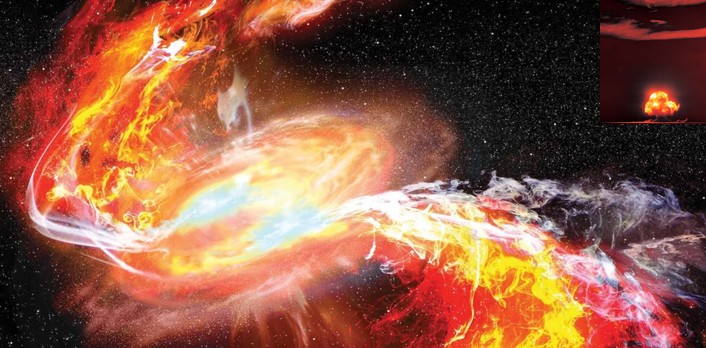Asteroseismology of solar-type pulsators
Le 12 décembre 2025, Charlotte Géhan, 10h45 à 12h45, Salle Jules Verne, OMP, site Belin
Summary: The advent of ultra-high photometry space missions has revolutionized our understanding of the physical processes governing stellar evolution by enabling to directly probe stellar interiors through asteroseismology. CoRoT and Kepler have provided outstanding results for thousands of pulsating stars, and the harvest continues with the ongoing TESS mission and the future PLATO mission expected to be launched by late 2026. In this seminar, I will review the state of the art concerning asteroseismology of solar-type pulsators, including evolved oscillating stars that offer the opportunity to study the physical conditions in the stellar core through the mixed modes in their oscillation spectrum. I will present recent observational results and their impact on stellar physics, exoplanet science, and Galactic archaeology, including an outlook on future perspectives.






